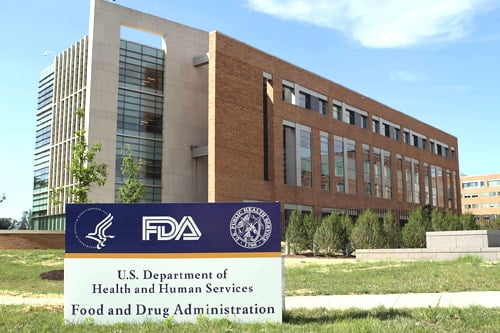Food traceability is an important aspect of food safety as it enables the capability to follow the movement of a food product and its ingredients through all steps in the supply chain, both backward and forward. In November of 2022, The U.S Food and Drug Administration (FDA) issued its final rule for the “Traceability of Foods, Including Foods for Animals” which is also known as the “Food Traceability Final Rule”. The rule is part of the FDA’s efforts to improve the traceability of foods in the event of a foodborne illness outbreak or recall. The Food Traceability Final Rule is an outgrowth of the FDA’s New Era of Smarter Food Safety Blueprint and the Food Safety Modernization Act.
The final rule differs little from the plan first proposed in 2020; the agency has set a compliance date that is three years after the rule’s effective date, making it sometime in mid-January of 2026 however specific compliance dates will be based on the size of the food facility.
The main goal of the Food Traceability Final Rule is to establish a consistent and efficient traceability system that allows the FDA to quickly and effectively trace certain foods back to their source in case of an outbreak or recall. This will help the FDA to quickly identify the source of the problem and take appropriate actions to protect public health.
The Food Traceability Final Rule applies to certain foods that are considered to be high-risk, such as leafy greens, fresh fruits and vegetables, and shell eggs. It also applies to certain animals and animal feed but does include exemptions for some entities and foods, such as certain small producers, small retail food establishments and restaurants, farms that sell food directly to consumers and foods that receive certain types of processing.
The rule requires food facilities to maintain records that include the name and address of the immediate previous source and immediate subsequent recipient of the food, as well as the date of the transaction. It also includes provisions for electronic records, which will allow for faster and more efficient traceability. Food facilities will be required to keep electronic records that are accessible by the FDA and can be easily exchanged with other food facilities.
The FDA will be able to more rapidly and effectively identify the origin and travel of certain contaminated foods to prevent or mitigate foodborne illness outbreaks. It will also help to address credible threats of serious adverse health consequences or death and minimize overly broad advisories or recalls that implicate unaffected food products. At the core of the rule is the Food Traceability List (FTL). That list focused efforts on food categories that were the source of many, if not most, of the FDA’s recent recalls: fresh and fresh-cut fruits and vegetables, shell eggs, nut butters, ready-to-eat deli salads, cheeses and seafood products.
The FDA also plans to work with industry stakeholders and other government agencies to ensure that the Food Traceability Final Rule is implemented effectively. This includes providing guidance and technical assistance to food facilities, as well as working with other agencies to establish a consistent and efficient traceability system. According to the agency the rule will establish a consistent and efficient traceability system that will help the FDA to better protect public health in case of a foodborne illness outbreak or recall.
Some resources:

